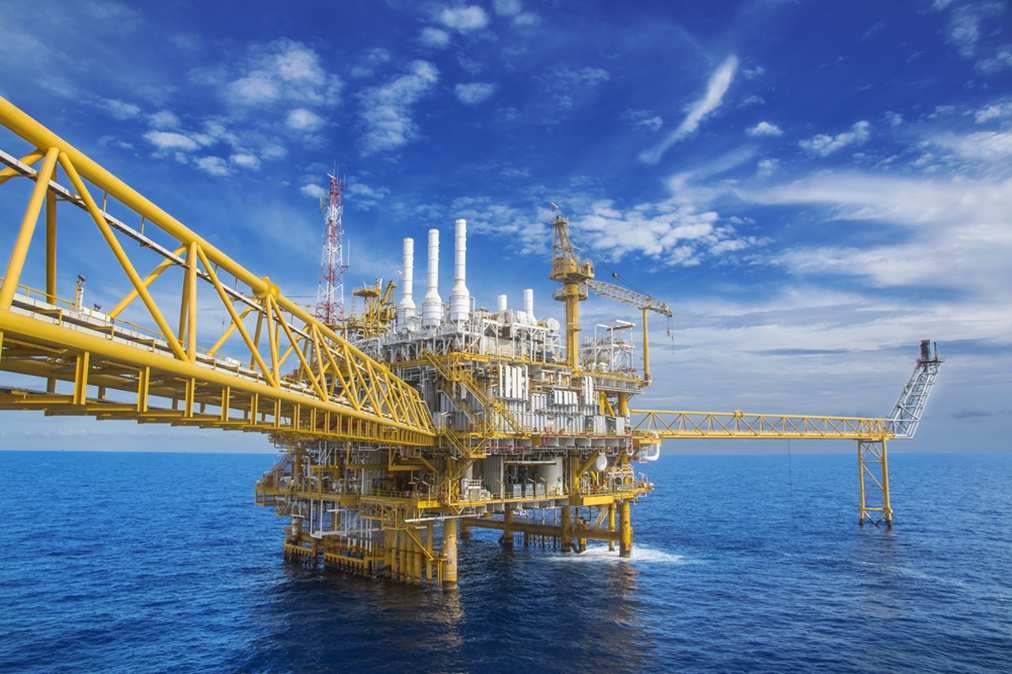Reasons Why UPS Systems on Off-Shore Platforms Require Additional Safeguards
For safety reasons, a UPS is mandatory on all oil rigs to ensure that the signal lighting is functional at all times. In addition, the system should have the capacity to function well in a hazardous and challenging environment. There are three key aspects that need to be taken into account when it comes to designing UPS systems for offshore rigs:
- Protecting the system against potentially explosive environments
- The ability to withstand very high temperatures
- The ability to operate in the sea climate at the rig location
The Use of Hybrid Systems
Malfunctions/complete blackouts in the main power supply, including over-voltages or frequency fluctuations caused by lightning strikes, need to be very safely bridged on an oil rig. Functioning signal lights are important in the smooth operation on rigs. In addition, they are crucial for the safety of airplanes and ships in the area.
This makes it important that the position lights function without any downtime, under any circumstances. In some settings, solar power plants may be installed in conjunction with a standard UPS, in order to ensure unhindered power to the off-shore rigs. These hybrid systems help ensure continuity of the power supply even under the most adverse conditions.
Rugged Environments Call for Rugged Equipment
Aside from the fact that these systems will need to function in a potentially explosive atmosphere, the climatic conditions and sea environment need to be kept in view while designing and installing any UPS on an offshore rig.
The temperature on these platforms often exceed 35 °C; on occasion, it can also reach a peak of 50 °C. At such high ambient temperatures, the UPS battery’s charging system operation suffers a significant amount of loss of power. This means special measures need to be set in place to prevent overheating, such as:
- The charger would need to be installed in the largest possible special enclosure.
- Cold plate technology features would be required to ensure good heat dissipation.
- A heat sink installation would be required at the side of the enclosure so that the enclosure can be accessed easily for ongoing maintenance.
Double Power Supply To Provide Continuous Lighting
These settings need to be assured of a continuous power supply for all the lighting installations. This is why a specialised distribution panel would have to be installed. It would need a separate feed from both the emergency grid as well as the standard power supply. The lighting distribution panel would ideally require two interlocked inputs. Each of the outgoing lines would need separate monitoring for ground faults. The system should be set up in such a manner that it can be switched on from the outside. The position of the handle would clearly indicate the status of every outgoing line.
UPS Solutions Components
The uninterruptible power supply installation is a combination of:
- Battery chargers
- DC power inverters & distributors for various performance classes
- Charge monitoring technology including alarm annunciators
- A range of rechargeable batteries with explosion-protection features (NiCd, lead gel, NiMH)
- The UPS would also require various explosion-protected enclosures
Since UPS systems in off-shore settings are exposed to highly adverse climatic conditions and complex applications, it becomes important to choose these systems with the utmost care.
If you want to know anything more about any of our products and services, don’t hesitate to contact us at KaRaTec Power Supply Pty. You can give us a call at 612 9808 1127. You can also fill in this contact us form and we will respond within the shortest possible time to help you with the guidance and information you need.
Thanks for reading,
Karatec Power Supply Pty
612 9808 1127







Sorry, the comment form is closed at this time.